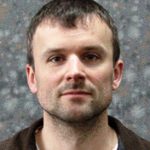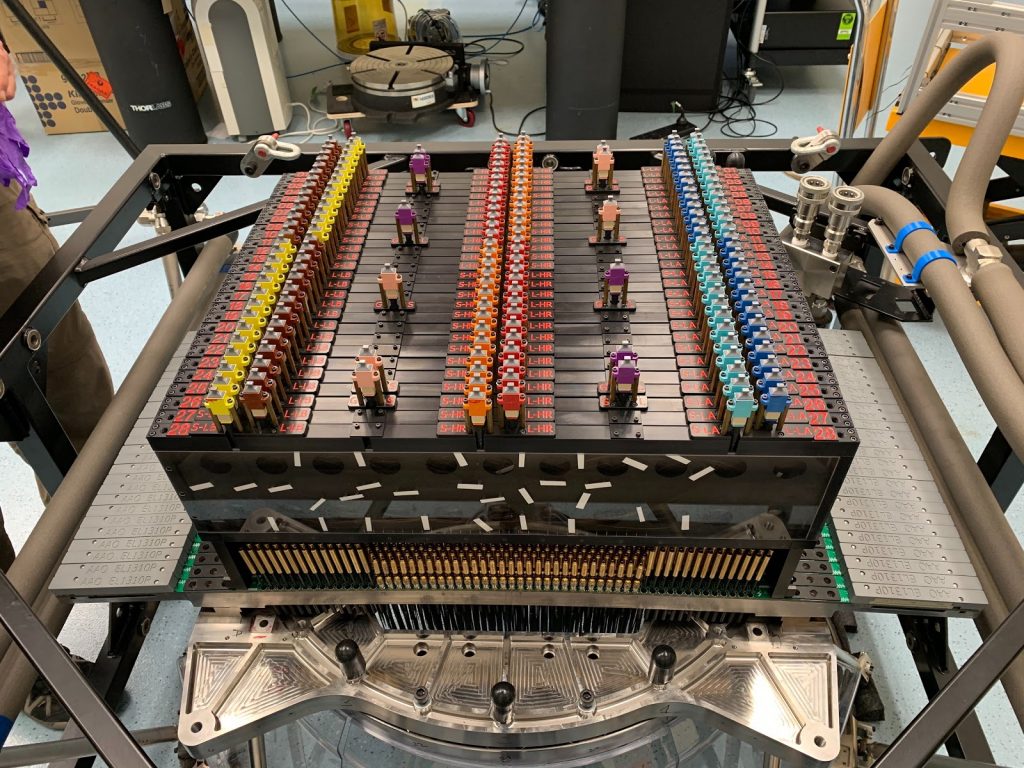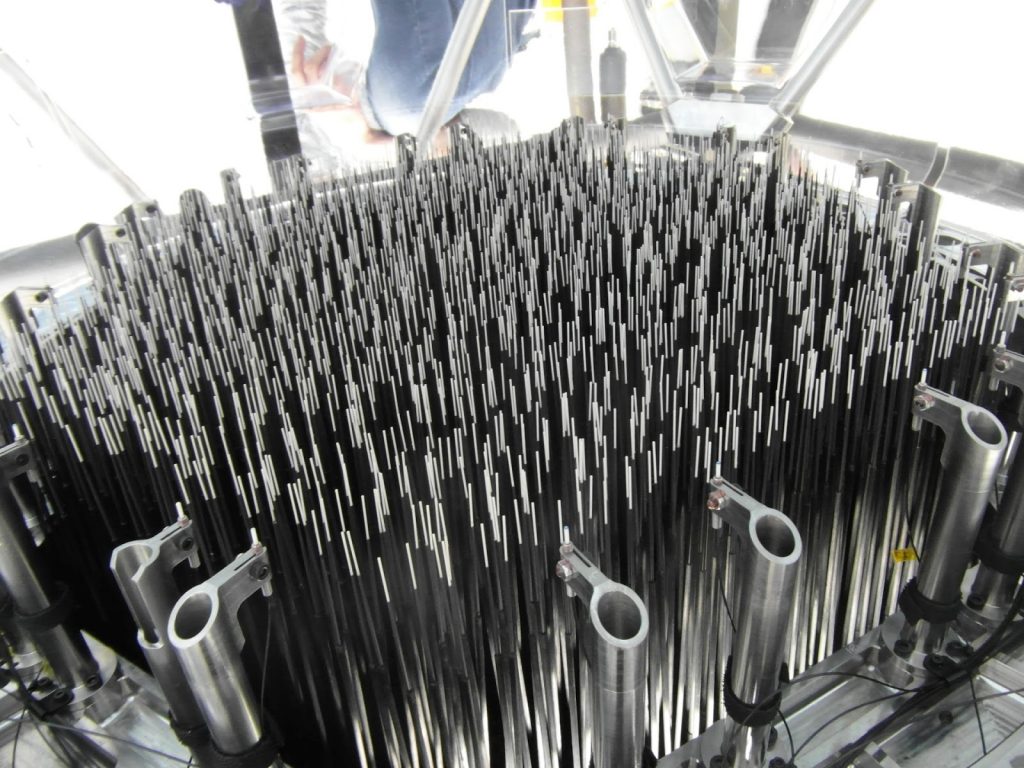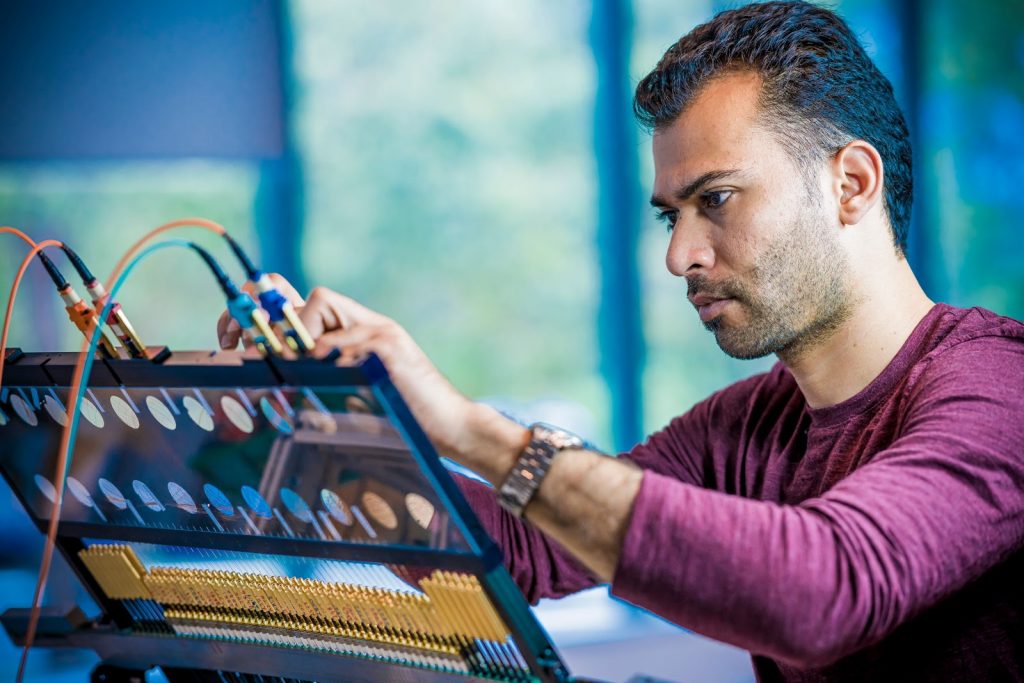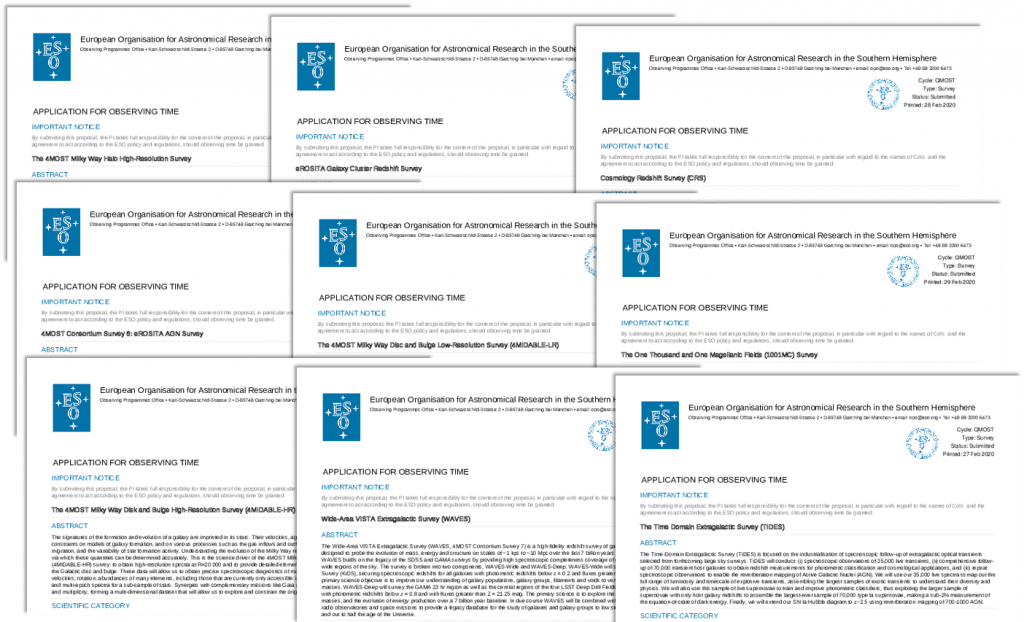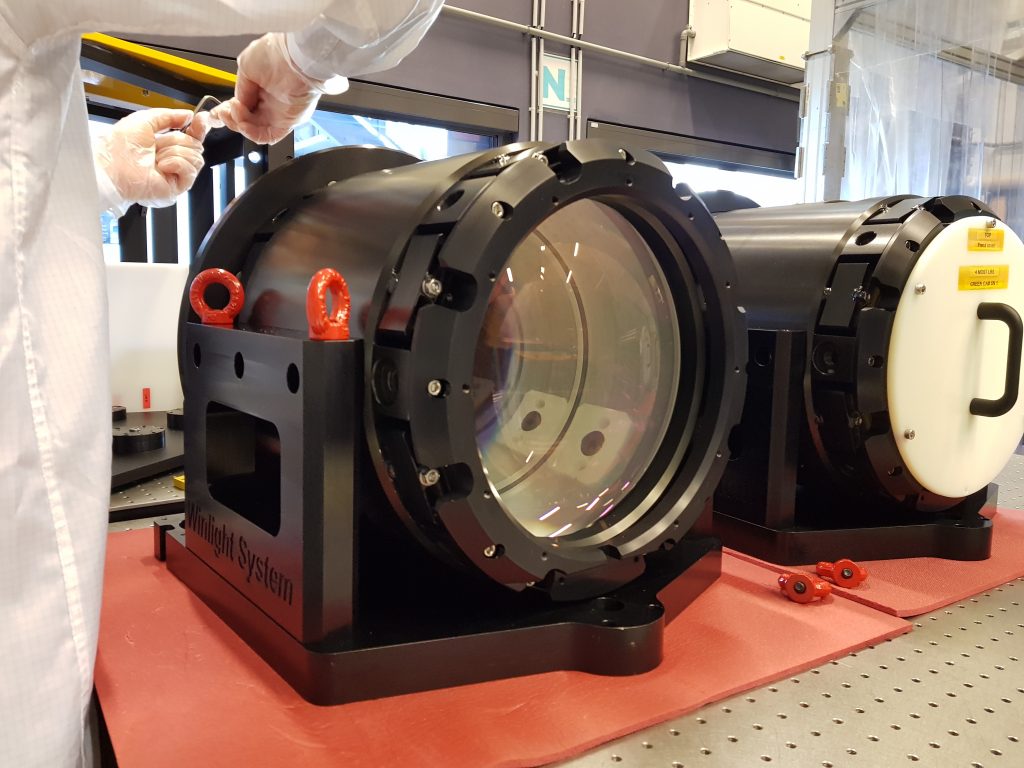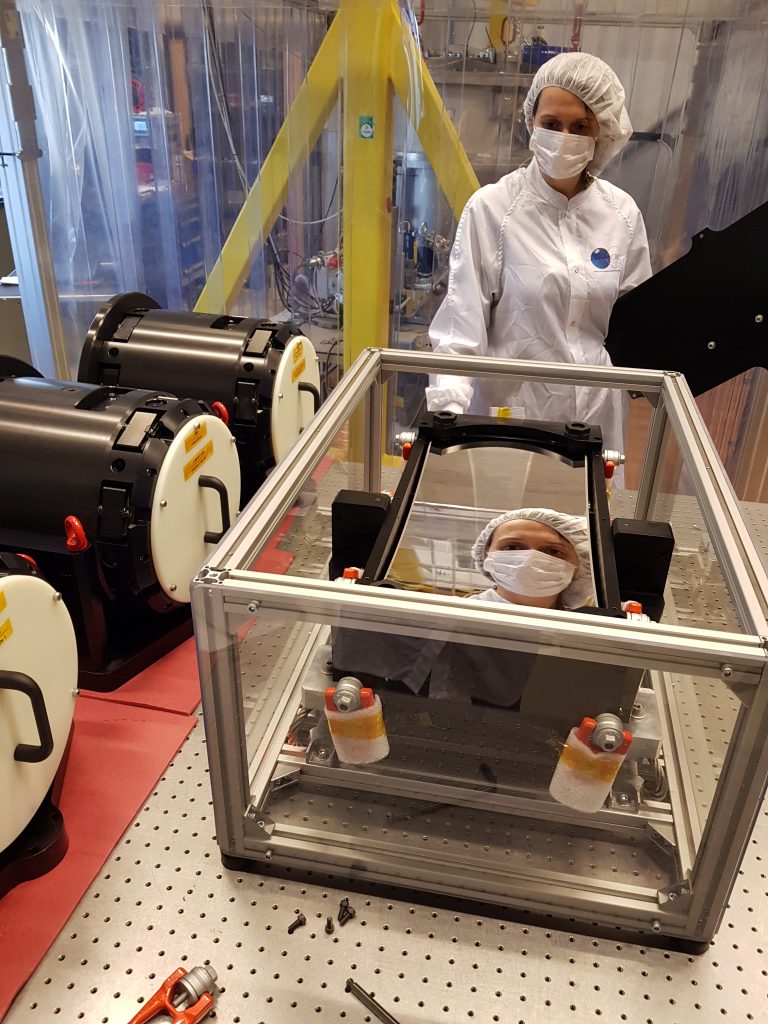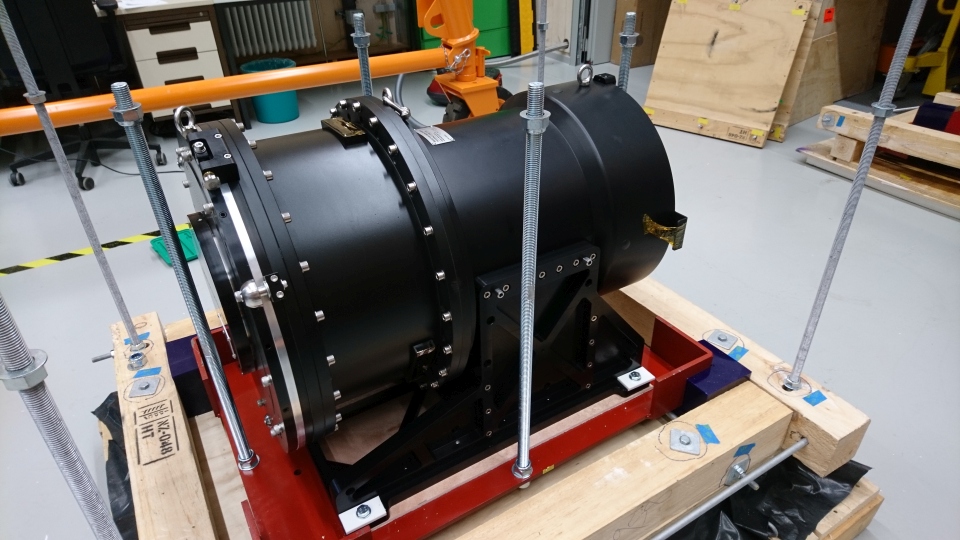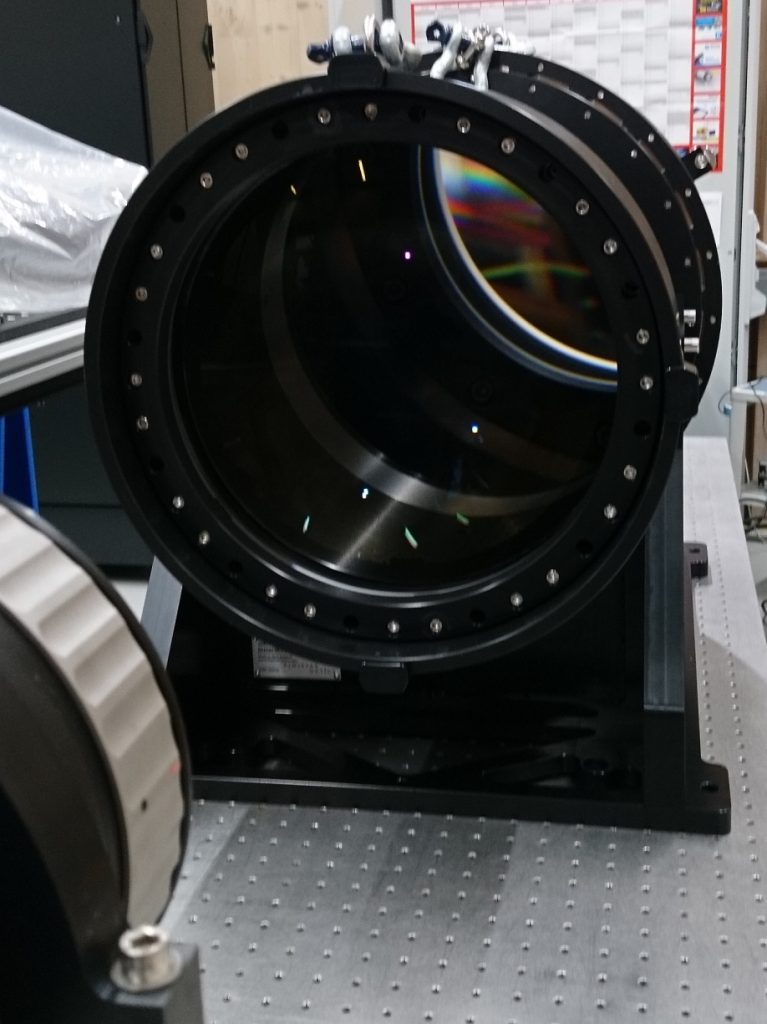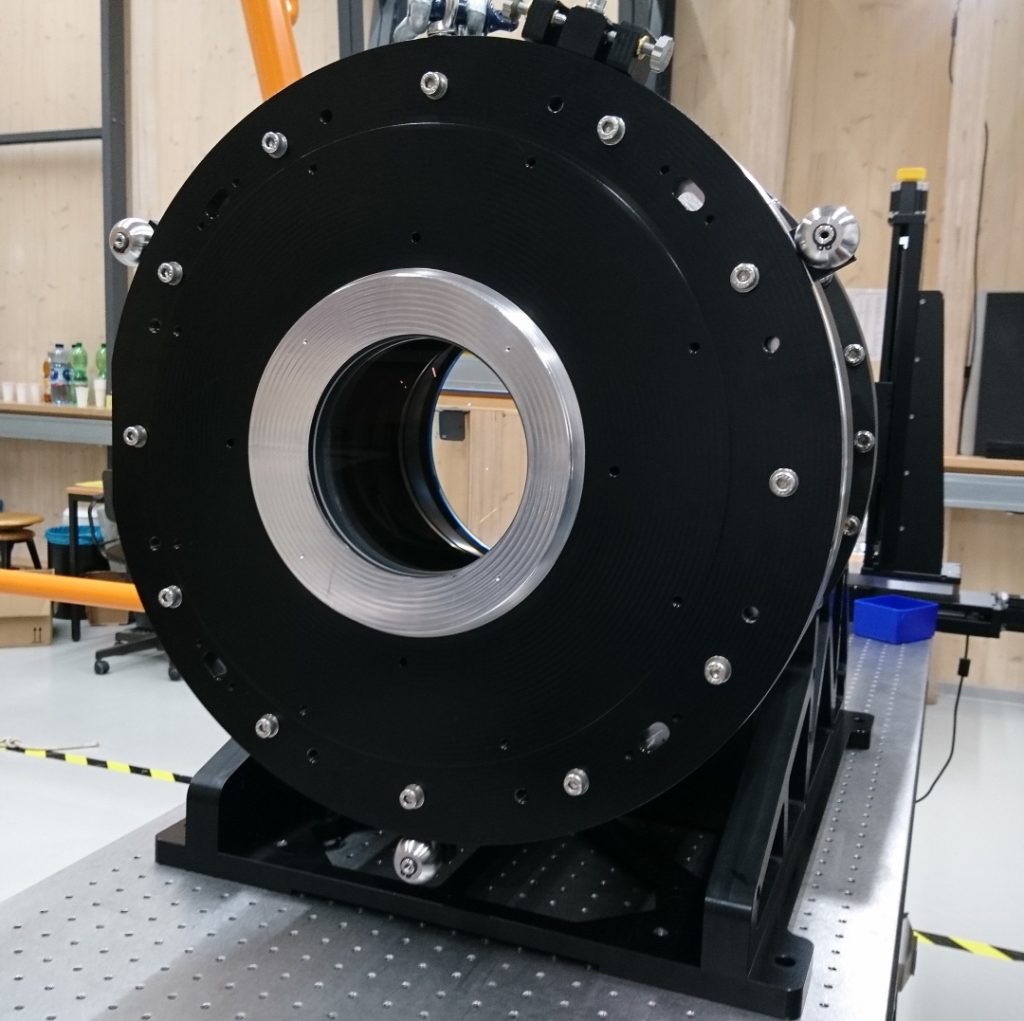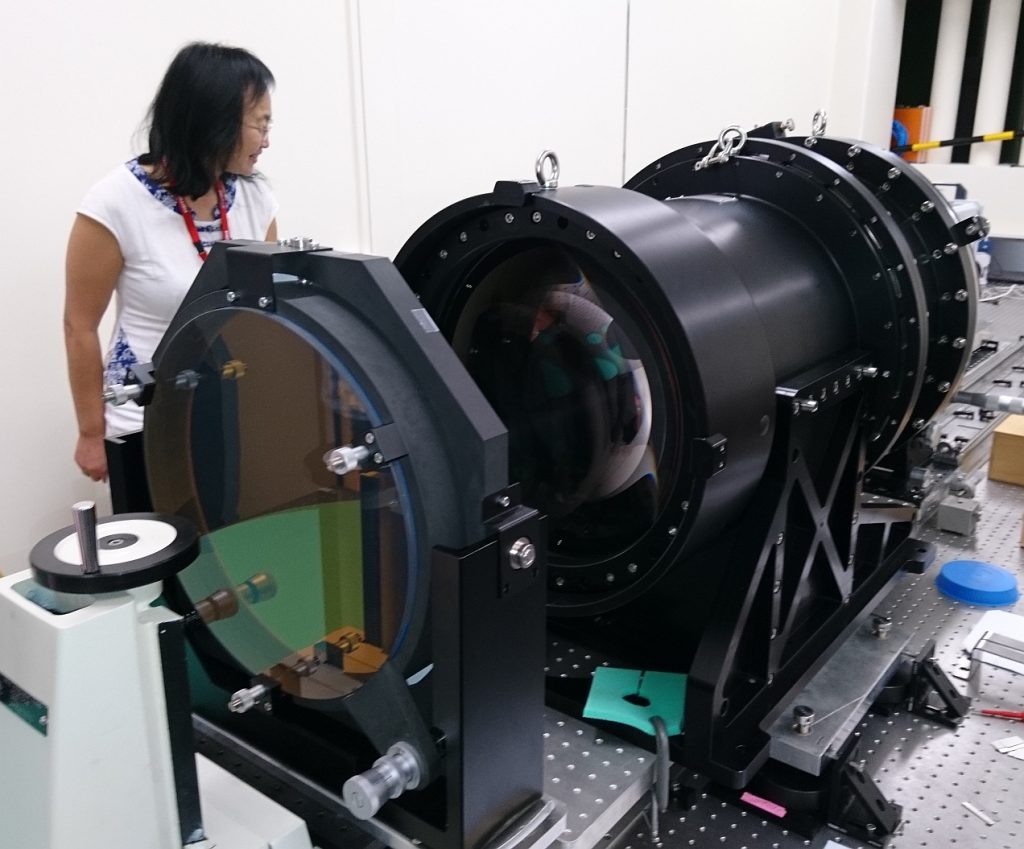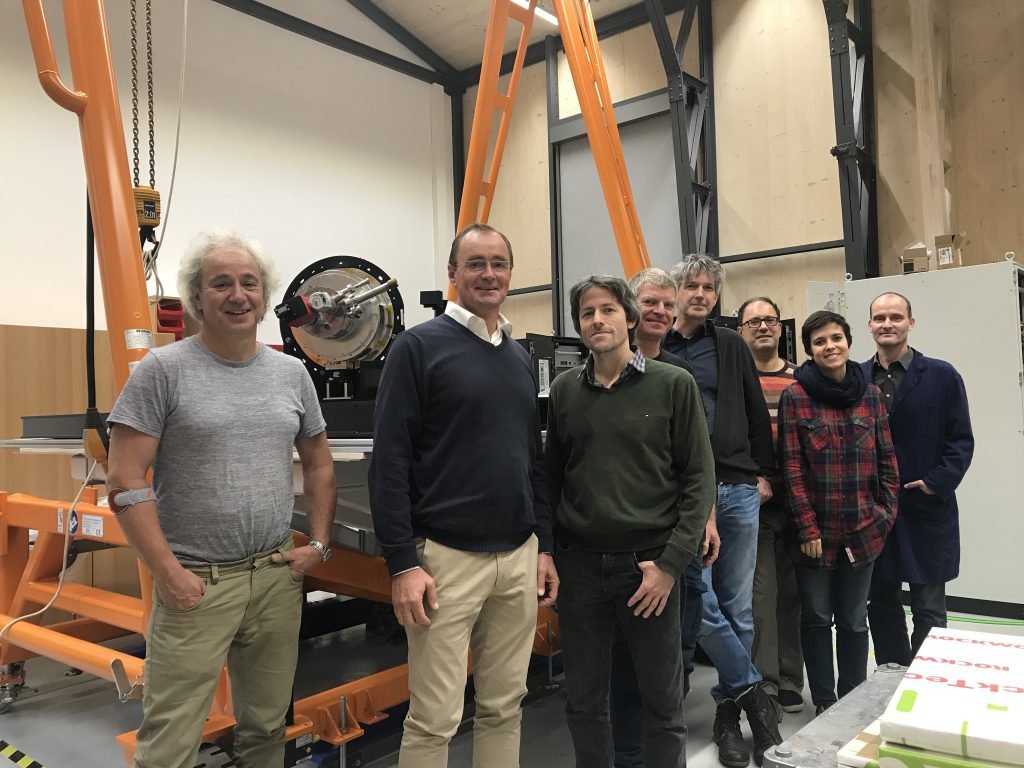News
New top-level schedule
2020-09-16
An announcement from the Project Manager, Joar Brynnel:
As with numerous other projects, the restrictions caused by Corona did not leave 4MOST unscathed. In spite of diligent efforts we have incurred schedule delays, not the least for engineers and technicians working on site in integration facilities. In addition, we have experienced numerous delivery delays from vendors and manufacturers. In aggregation, this has led to an updated top-level schedule with the following new dates: Preliminary Acceptance Europe (PAE) is now scheduled for October 2022 (delayed by 8 months), while Preliminary Acceptance Chile (PAC) is now scheduled for August 2023 (delayed by 9 months).
Consortium members can download the updated top-level schedule from DocuShare.
Successful second 4MOST community workshop
2020-07-14
On 9 – 14 July 2020, ESO and the 4MOST consortium jointly organised the second 4MOST community workshop Planning for 4MOST: toward the 4MOST survey programme. Due to the ongoing COVID-19 pandemic the workshop was held entirely online.
Following ESO's request for "Letters of Intent for Public Spectroscopic Surveys" (LoIs) from the ESO community, and the review of the submissions by ESO's Public Survey Panel (PSP), the successful teams have been invited to submit a detailed proposal in December 2020. The purpose of this workshop was to support the teams behind the successful LoIs in preparing their proposals, and to facilitate a well-matched and efficient joint 4MOST survey programme.
In a total of 12 presentations, the 4MOST consortium provided the participants with up-to-date information on the 4MOST operations, survey strategy, available tools to prepare their proposals and data processing pipelines, while ESO described the further selection process. In turn, 19 successful LoI applicants presented their proposed community surveys, focusing in particular on their operational requirements.
A number of question and discussion sessions, as well as a dedicated slack workspace, provided the opportunity for the 210 registered participants to discuss and clarify any remaining issues, and to jointly prepare for the integration of potential Participating Community Surveys into the 4MOST Science Team.
Introducing the new Operations Scientist
2020-07-10
An announcement from the Principal Investigator, Roelof de Jong:
I am very pleased to announce that the extragalactic leader of the Survey Strategy Infrastructure Working Group (IWG2), Peder Norberg, has been appointed to to the newly introduced position of Operations Scientist. The role of the Operations Scientist is to coordinate the development of the survey strategy for the 4MOST survey programme. This includes setting requirements to the 4MOST Operations Model to satisfy the scientific needs of the surveys in terms of survey strategy. It also includes a coordinating role in the development of the relevant software tools, in particular all modules of the 4MOST Facility Simulator, and in the running of relevant simulations. The Operations Scientist is therefore the bridge between the Survey Strategy IWG (and thus the science needs of the Survey teams), the Operations System, and the Operations System Engineers.
Please give Peder all your support in his new (and old) role.
Workshop announcement: Planning for 4MOST – toward the 4MOST survey programme
2020-05-19
4MOST is a state-of-the-art, high-multiplex, fibre-fed, optical spectroscopic survey facility currently under construction for ESO’s 4-m VISTA telescope. During the first five years of operations 4MOST will be used to execute a comprehensive, integrated programme of both Galactic and extragalactic Public Surveys. The 4MOST survey programme will consist of both Consortium Surveys and Community Surveys, ideally with a high degree of complementarity, both scientifically and in terms of observing efficiency. The process of selecting the Community Surveys was initiated by ESO in November 2019 by requesting "Letters of Intent for Public Spectroscopic Surveys" (LoIs) from the ESO community. Successful applicants have been invited by ESO to submit full proposals in December 2020.
ESO and the 4MOST Consortium are now jointly organising an online workshop to take place in the period 9-14 July 2020. This workshop is open to all team members of successful LoIs, both for Participating and Non-Participating Surveys, and ESO strongly encourages at least some representation at the workshop from all invited surveys.
The purpose of this workshop is to support the teams behind the successful LoIs in preparing their proposals, and to facilitate a well-matched and efficient joint 4MOST survey programme. Specifically, the goals of the workshop are:
- to provide the invited teams with up-to-date information regarding the selection process
- to provide the invited teams with an opportunity to present their operational requirements and to discuss their integration into the 4MOST operational model
- to provide the invited teams with an introduction to the available tools to prepare their proposals (e.g. 4FS)
- to foster scientific collaborations and to prepare for the integration of potential Participating Community Surveys into the 4MOST Science Team.
Due to the current situation, the workshop will be held entirely online. It will be split into four sessions, each lasting for approximately 4 hours, to be held on 9-10 and 13-14 July 2020. The timing of the sessions will take into account the different time zones of the participants to the extent that this is possible.
Invited participants should register on the workshop's website.
Fibre positioner integration
2020-04-28
On 27 April 2020, Scott Smedley reported that the AESOP fibre positioner reached a significant milestone. All 2,448 spines were installed in their final configuration. Almost the entire AESOP team (comprising 24 people) were involved in the assembly and testing of spine modules. All 28 spine modules successfully passed their unit tests. System testing will commence once all four electronics cabinets are fully assembled and integrated with AESOP.
Consortium proposals submitted to ESO
2020-02-28
28 February 2020 was the deadline for the ESO community to register their interest in using 4MOST by submitting Letters of Intent for ESO Public Surveys. At the same time, the 4MOST Science Team submitted ten proposals for Public Surveys to be carried out in the consortium's guaranteed time. This is major milestone for the 4MOST project and the Principal Investigator, Roelof de Jong, would like to thank everyone involved for their hard work and strong commitment.
ESO's Public Survey Panel (PSP) will now rank the Letters of Intent and select those which will be invited to submit full proposals. The PSP will then judge the community proposals in terms of complementarity and possible synergies with the Consortium Surveys before recommending the final, joint 4MOST Survey Programme.
Delivery of LRS-A cameras and collimator
2020-02-11
On 11 February 2020, Alban Remillieux reported the delivery of the three cameras and collimator of the first Low Resolution Spectrograph (LRS-A) to CRAL.
First HRS camera delivered
2020-01-29
On 24 January 2020, Walter Seifert reported that the first camera for the High Resolution Spectrograph (HRS) had safely arrived at the Landessternwarte in Heidelberg. This is the camera for the green HRS channel. The system is now being characterized and is subjected to a variety of incoming tests. Following these tests the camera will be integrated into the spectrograph and the field lens will be sent to AIP for mounting on the detector head.
Call for Letters of Intent for Public Surveys with 4MOST
2019-11-26
During the initial 5-year period of 4MOST operations, 30% of the total available observing time will be available to the ESO community. The process of selecting the surveys to be executed during this time was kicked off by ESO on 26 November 2019 by issuing a Call for Letters of Intent for Public Spectroscopic Surveys with 4MOST (see also this announcement).
The submission deadline is 28 February 2020, 12:00 CET.
Note that letters of intent for 4MOST Community Surveys should be submitted in PDF format only to the following email: opo@eso.org. Please consult the Call for Proposals webpage and the 4MOST Public Survey policies for more information.
4MOST Mid-Term Reviews – next chapter
2019-10-29
On 21-22 October 2019 the Project Office (Brynnel, Giannone, Bellido, Frey, de Jong and Cesarini) visited the Landesternwarte (LSW) in Heidelberg to meet with the High Resolution Spectrograph (HRS) team for the project-internal Mid-Term Review (MTR). In addition to feeling the pulse of the work package, we visited the just completed new LSW integration hall. This impressive facility was built for the integration of HRS. In parallel, opto-mechanical units are integrated and tested in the adjacent optics clean room. The review itself went very well, and the Project Office left LSW with a very good impression. We noted that, just like for the LRS, the HRS schedule is heavily dependent on deliveries from optics manufacturers. Other than this no concerns were raised, and we are looking forward to the Local Acceptance Review scheduled for November 2020.
